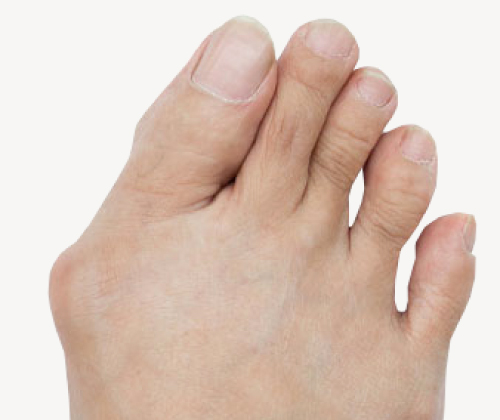People think of a bunion as being as a bump on the side of the foot near the big toe. However, bunions go deeper than what we can see. Although the skin might be red, a bunion actually reflects a change in the anatomy of the foot.
Bunions happen over time. What begins as the big toe pointing toward the second toe ends up as changes in the actual alignment of the bones in the foot. A bunion develops when the first metatarsal bone of the foot turns outward and the big toe points inward (toward the other toes), causing the joint to jut out.

Adolescent Bunion
There is also a condition called adolescent bunion, which tends to happen most often in girls between ages 10 and 15, but boys can get them, too. Doctors aren’t sure exactly why girls are more likely to have them, but it may have something to do with changes in footwear around that age. Unlike adults, young people who have bunions can usually move their big toe, but it still hurts. Teens typically get them because they run in their families, not because of a health condition.
